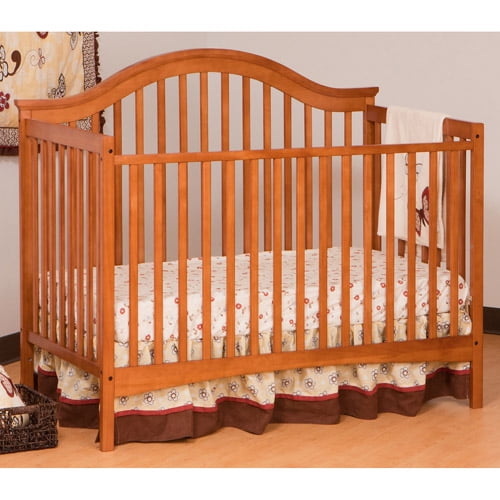

With a fixed-rate mortgage, the interest rate stays the same during the life of the loan. Fifteen-year mortgages may carry interest rates slightly lower than those for 30-year loans. However, the buyer can save tens of thousands of dollars on interest charges by using the 15-year mortgage. For example, monthly principal and interest payments on a $100,000 mortgage at 8 percent interest are $734 when repaid over 30 years and $956 when repaid over 15 years. A 15-year mortgage typically requires larger monthly payments than a 30-year loan and allows an individual to pay off a mortgage in half the time as well as save on interest payments. The 15-year fixed-rate mortgage is paid off in 180 equal monthly payments over a 15-year-period. The monthly payment for principal and interest remains the same during the entire loan period. With a 30-year fixed rate mortgage, the buyer pays off the principal and interest on the loan in 360 equal monthly payments. In addition, a home buyer financing a home purchase with a 15-year mortgage will repay principal substantially faster and will pay far less interest over the term of the loan. Interest rates on 15-year mortgages usually are slightly lower than 30-year rates. Home buyers who can afford the higher monthly payment sometimes prefer a 15-year conventional mortgage over a 30-year mortgage. While most mortgages require monthly payments of principal and interest, some lenders offer bi-weekly payment options. Most conventional mortgages have time frames of 15 to 30 years and may be either fixed-rate or adjustable. Mortgage loans are described by the length of time for repayment and whether the interest rate is fixed or adjustable. This means that the regular principal and interest payment will pay off the loan in the number of payments stipulated on the note. PMI protects the lender if the home owner defaults on the loan.Ĭonventional mortgage loans are typically fully amortizing. Lenders typically require a down payment of at least 20% on a conventional loan, but offer conventional loans with lower down payments if the home buyer purchases private mortgage insurance (PMI). The most common types of conventional mortgages include 30-year fixed-rate mortgages, 15-year fixed-rate mortgages and Adjustable Rate Mortgages (ARMs).Ī conventional mortgage is one that is not insured or subsidized by the government.

Mortgages are described by their terms, such as the time frame for repayment and whether the interest rate is fixed or adjustable. When this is the case, the second mortgage is typically used to finance home improvements or a major purchase such as a car or camper. Sometimes, a home can serve as collateral for more than one mortgage. A mortgage is a long-term loan that uses real estate as collateral.


 0 kommentar(er)
0 kommentar(er)
